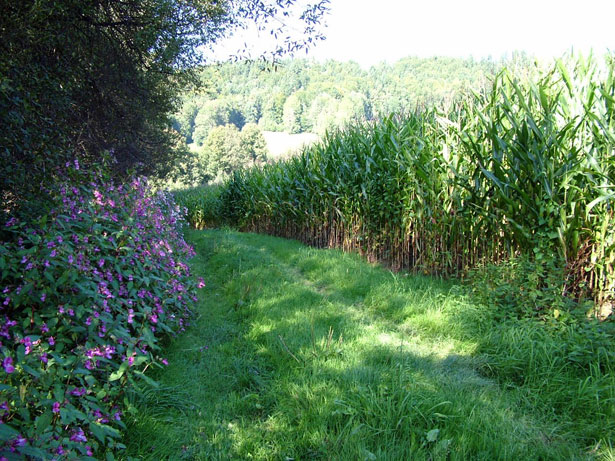I close my eyes and smell the fresh southern fields as we approach my grandparents road. Once on the road there was a four mile winding stretch of picturesque corn fields, cotton fields, barns and pastures before arriving at their house. No matter what time of night it was, they were always out on the porch waiting to see our headlights arriving. There was hugs and kisses before we dropped our luggage and ran down to my grandfathers general store to get a big pickle from the barrel and some candy from the jars on the counter. We traveled from Pa to South Carolina on holidays and every summer to help with chores and visit all our family members that never left the farm or the South. My grandparents left hundreds of acres of land and a legacy of hard work and family values. This was and is part of the picture of wealth in the African American community.
Oil Cartels and the Drought of 1976
Beginning in 1976, serious droughts hit the South. When the droughts continued in 1977 and 1978, the price of oil shot up, forcing other costs – from fertilizer to equipment – to skyrocket. With President Carter’s grain embargo to contend with as well, American farmers were hurting; but black farmers, who had to struggle to survive even in good times, experienced an intensified crisis. By 1978 there were only 6,996 black farms left. Farmers were also now required to pay for their supplies and petroleum by the season, every 30 days. This created a demand for credit. If you applied for credit to pay every thirty days and the funds came in too late or you did not get any funds, everything was lost.
Pigford vs. Glickman
“In 1997, 400 African-American farmers sued the United States Department of Agriculture, alleging that they had been unfairly denied USDA loans due to racial discrimination during the period 1983 to 1997. “The case was entitled “Pigford vs. Glickman” and in 1999, the black farmers won their case. The government agreed to pay each of them as much as $50,000 to settle their claims. But then on February 23, 2010, the USDA agreed to release more funds to “Pigford.”
The plight of the Black farmer in America is a plight that has been fueled by the sting of discrimination. Once land is lost, it is very difficult to recover. Land has been lost by Black farmers. Land has been lost, income has been lost, livelihoods have been lost, families have been lost.
An important note is that the process of discrimination in farming was a key factor in cutting the economic funding that was the foundation for Black education and the civil rights movement. As a result of this decline in agriculture and racism in the black farm community, millions of acres of land was lost. Bought by developers and now is prime land used for homes, beaches, resorts and golf courses throughout the country. Many of our forefathers worked that land as slaves then sharecroppers and finally farm owners for generations and were discriminated against because of race alone.
Current Black Family Farmers
We are now experiencing a revitalization of urban and rural farming in which people who once were not interested in farming have a renewed interest in the foods they eat and feed their families. Black farmers are also contributing to the food source bringing organic foods to the public. Thousands of blacks (including my parents) felt negative about Black farming because of slavery. My parents never wanted to go back to live in the south. The pain of slavery was too much for them and when they completed school they migrated to the north. However in the city with a family of nine, mom planted beans, tomatoes, greens, fruit and all kinds of good stuff in our city yards. She grew healthy foods and beautiful flowers.
African American Farming Census
In 2012, the number of black farmers in the United States was 44,629. This was a 12 percent increase percent since 2007, when the last agriculture census was conducted. Nationally black farmers were 1.4 percent of the country’s 3.2 million farmers in 2012. Ninety percent lived in twelve southern states. Freestone County, Texas, had more black farmers than any other county.
Black farmers have suffered but they are still here and growing! The economic base may never be restored to the same magnitude of past African American farms, but we are going back to our roots and falling in love with the earth again.



